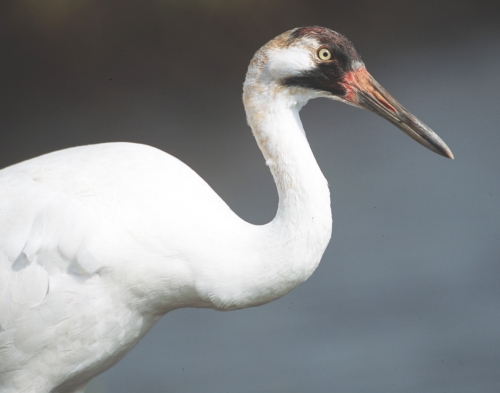
Whooping crane, Grus americana, US/Aransas National Wildlife Refuge Canada/Wood Buffalo National Park. Photo by USFWS
The endangered Whooping Crane is one of the 794 species targeted for preservation by the Alliance for Zero Extinctions (AZE), whose goal is “to create a front line of defense against extinction by eliminating threats and restoring habitat to allow wildlife populations to rebound.” The AZE is a a joint initiative of 52 biodiversity conservation organizations that aims to prevent extinctions by identifying and safeguarding key sites, each one of which is the last remaining refuge of one or more Endangered or Critically Endangered species, 217 of which are bird species1. To date they have identified 595 sites that represent the last refuge of one or more of the world’s most highly threatened species.
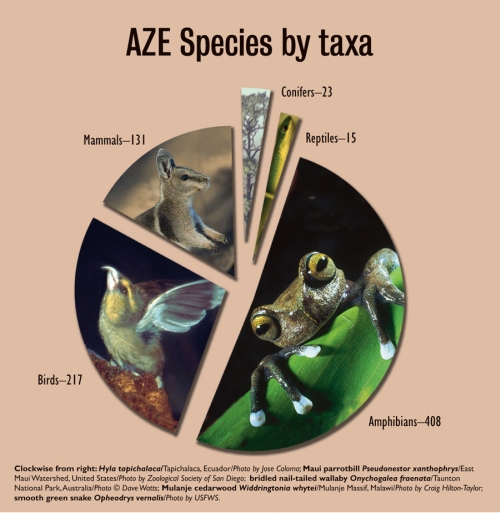
The Global Environment Facility (GEF), the World Bank and BirdLife International will respond to the call of developing countries for assistance in their efforts to protect sites identified by the AZE. Over the next four years, the global map of key sites for extinction avoidance produced by the alliance will be used as an important blueprint for targeted action, helping to safeguard key sites where species are in imminent danger of disappearing.
BirdLife’s Preventing Extinctions Programme is an innovative and effective approach to supporting and expanding the implementation of action on the ground at AZE sites – particularly those for Critically Endangered species – through the appointment of Species Guardians (individuals, local or national organizations who implement action for target species) supported by Species Champions (who provide the necessary resources). BirdLife Species Guardians have been appointed and are being supported to implement urgent actions for 26 Critically Endangered AZE species, while an additional 11 Critically Endangered species are also receiving action through the program2.
Birdlife’s Preventing Extinction Programme makes a real difference in the fight to save the planet’s biodiversity. This is why I support them as a Species Champion. You can help by making a donation of any size (and every little bit helps) on my Just Giving page.
You can download the full AZE report here (1.3MB pdf). You can also go read the full account of this story entitled “Now or never: action to stop impending extinctions is announced” here.
References:
- Alliance for Zero Extinction: Pinpointing and Preventing Imminent Extinctions
- BirdLife Community: Now or Never: Action to stop impending extinctions is announced

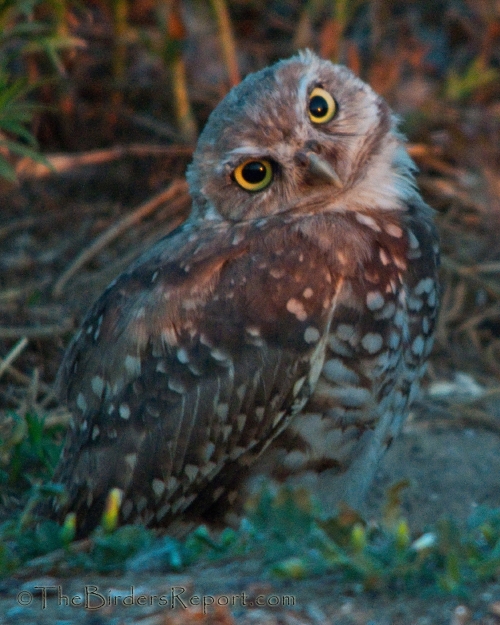
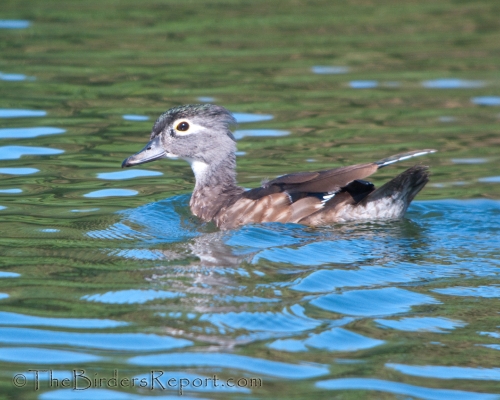
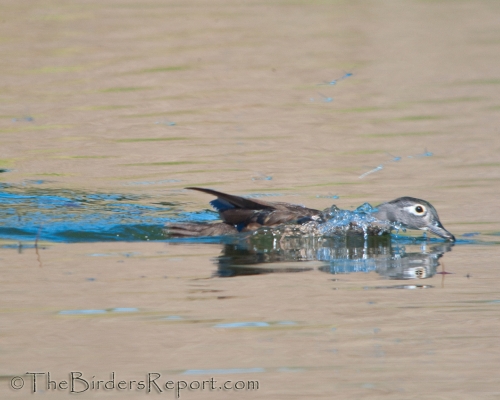
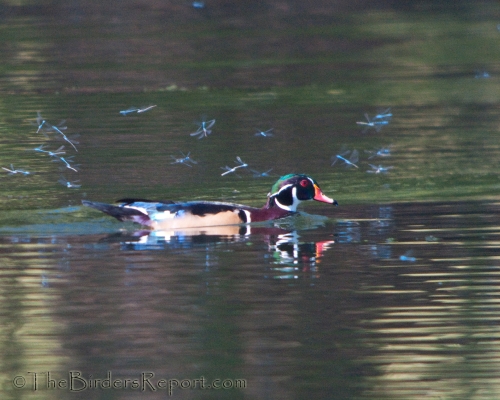
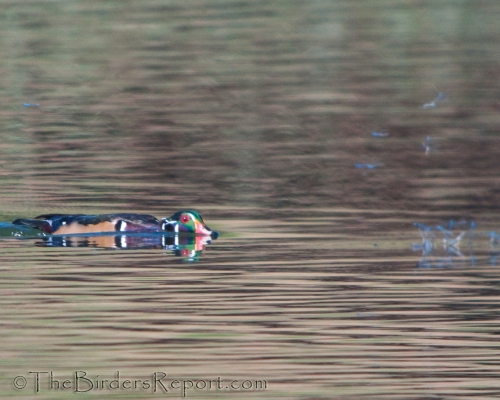
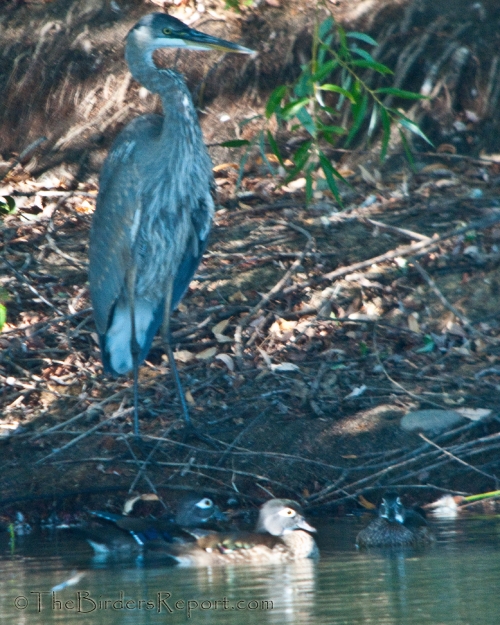
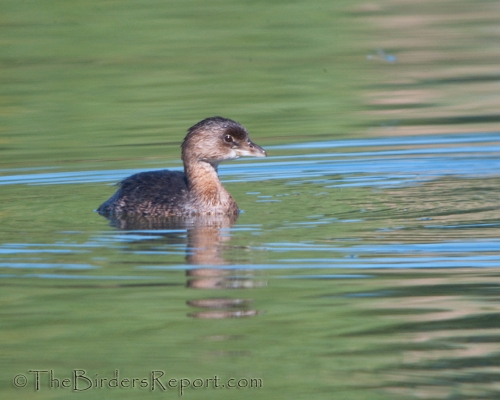
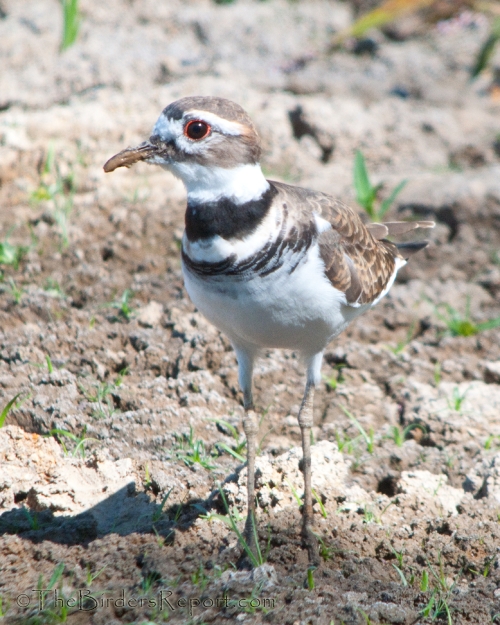
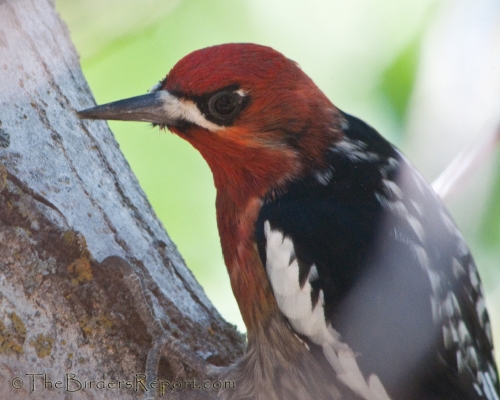
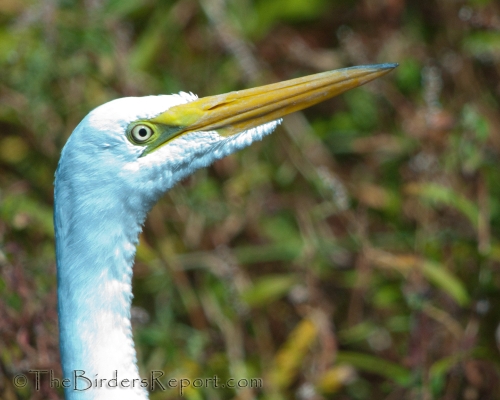
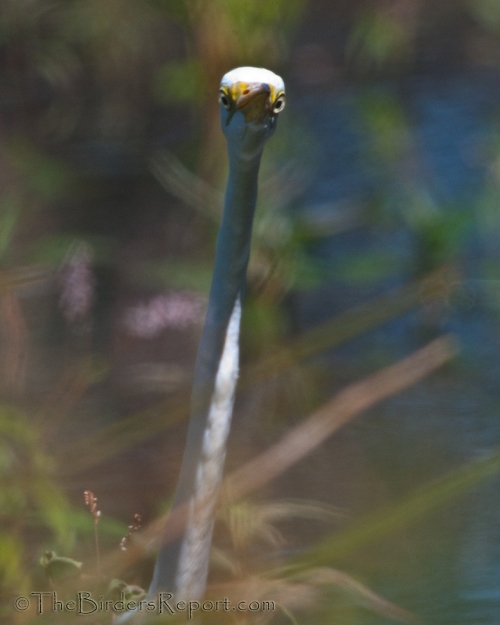
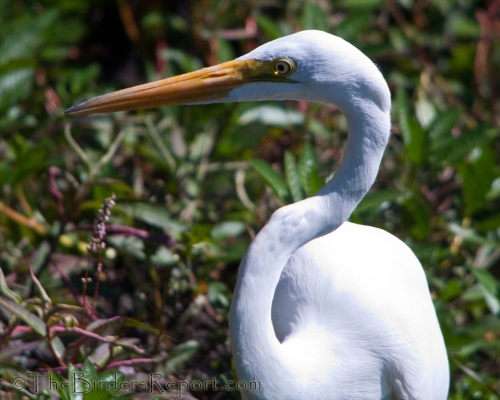
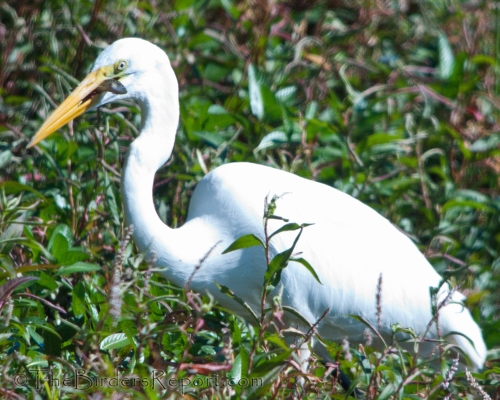
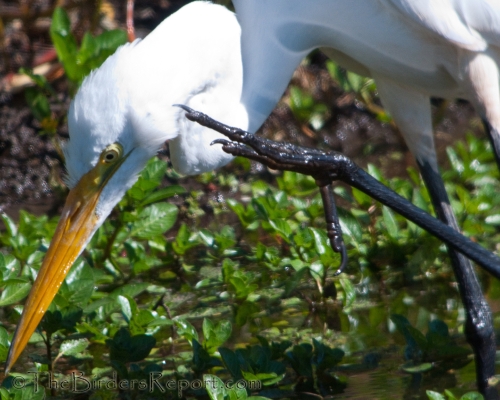
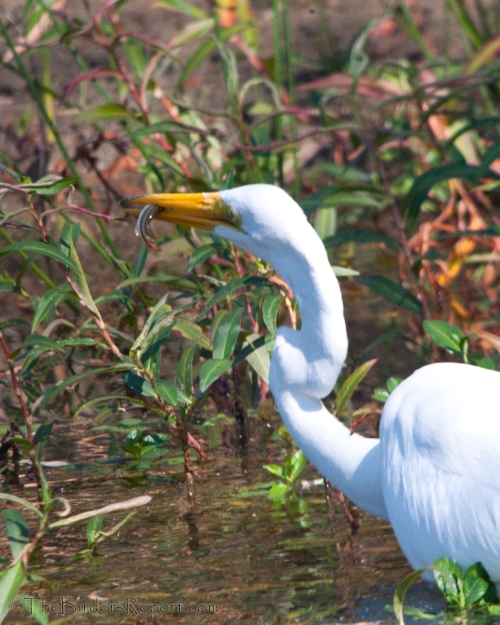
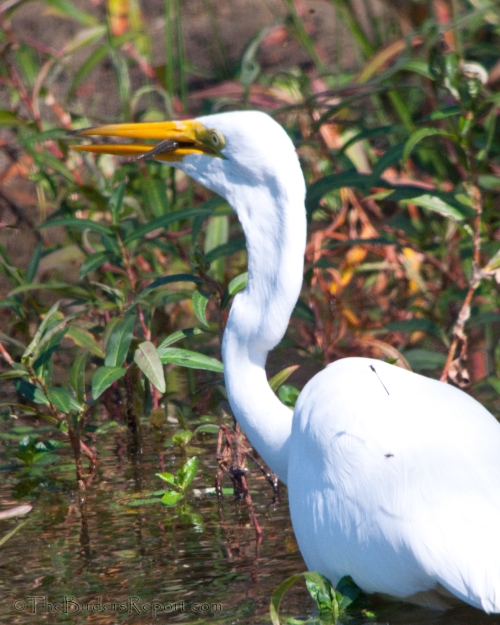
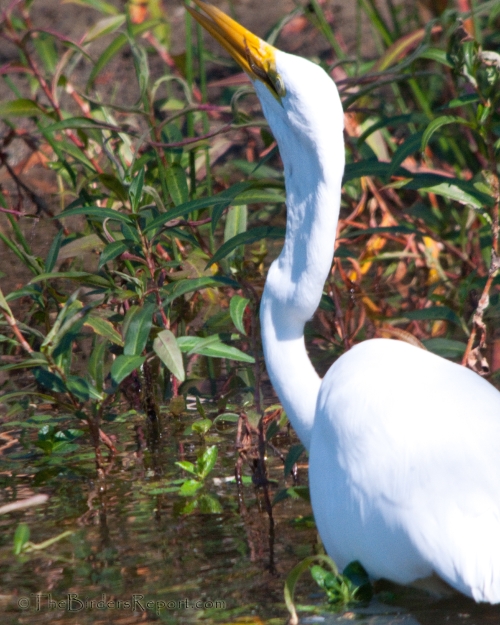
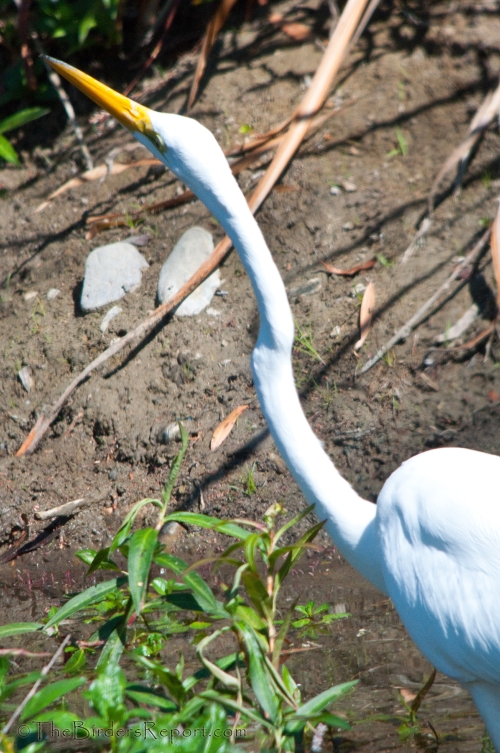
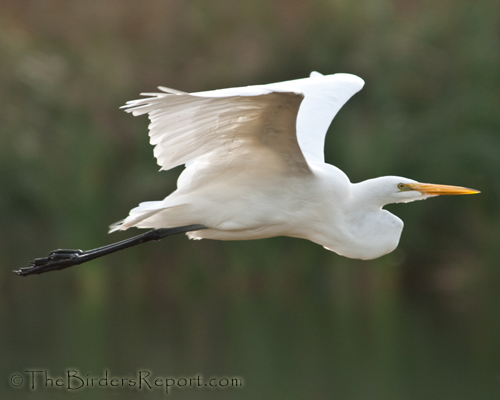



Social Media Connect